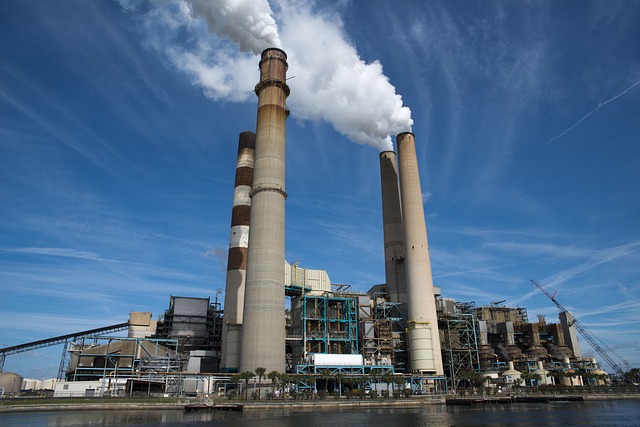Until now, carbon dioxide (CO2) capture technology has been almost exclusively employed at industrial facilities, where concentrations of the molecule in exhaust streams are close to 10 or 15 percent. But with the recent introduction of more efficient technologies, several companies are finding the production of fuels from ambient carbon dioxide to be both economically feasible and commercially scalable, even when concentration of the gas is as low as 0.04 percent.
Scientists can now convert gaseous CO2 in the air into liquid diesel that can be used by the very same vehicles that expelled the potent greenhouse gas in the first place.
Synthesizing this diesel requires carbon monoxide and hydrogen. The Fischer-Tropsch process, in which hydrogen is added to carbon monoxide in a reactor to produce fuel, is not particularly energy intensive because it generates energy to sustain itself. “The Fischer-Tropsch process releases heat, and this heat can be used to keep the reactor at elevated temperature,” said Nilay Hazari, Yale associate professor of chemistry.
Creating the necessary carbon monoxide and hydrogen is a different story. “What we don’t have are good ways or sustainable ways to make hydrogen gas at the moment. I mean, we basically get our hydrogen gas from fossil fuels, and we generate a lot of CO2 to do that,” Hazari said.
So, before environmental enthusiasts get too excited at the prospect of recycling emitted CO2 back into cars, it is important to note the challenges that remain for scientists and engineers.
This issue of hydrogen feedstocks is one of synthetic diesel’s main obstacles in becoming a truly sustainable fuel. Sunfire, a Swiss energy company, uses high temperature electrolysis to get hydrogen from water. “Electrolysis is, potentially, a viable alternative,” Hazari said. However, companies must devise sustainable ways to source the carbon monoxide needed for fuel synthesis — a piece still missing.
The most complex step in obtaining this carbon monoxide is efficiently separating the CO2 from ambient air. Calgary-based Carbon Engineering uses an air contacter to create a CO2-rich precipitate that is then dissolved in solution, where the CO2 is affixed to reusable pellets. Other companies, including Swiss firm Climeworks AG and Columbia professor Peter Eisenberg’s 2010 startup, Global Thermostat, employ amine-based chemical sorbents, structures derived from ammonia that act like CO2 sponges. Next, high temperature furnaces heat these sorbents or pellets and release the captured CO2 as a pure gaseous stream. As the most energy-intensive component in carbon capture, these furnaces and the energy sources used to power them will likely determine a plant’s net environmental impact.

Climate Engineering, which began construction on its Squamish, BC pilot plant this past January, uses shale gas. All CO2 emissions from burning the gas are captured and fed back into the system, rendering the process carbon-neutral. Ultimately, though, the company hopes to generate all electricity from zero-carbon sources, such as solar cell technology and wind, and to sustainably obtain hydrogen to react with the CO2.
A sustainable diesel source would have wide impact. Diesel is used everywhere, and in many populous countries such as India, more than half of all cars sold have diesel engines. As car manufacturer Audi has demonstrated, the diesel made from ambient CO2 could be used by these existing diesel engines. Integration of this new method into the global energy mix may therefore depend on whether or not suppliers can sell it at a competitive retail price point.
Commercial-scale ambient CO2 capture and subsequent diesel production is yet to be realized, as are the technologies necessary to make the process truly carbon-neutral. Still, advances in sustainable hydrogen gas production and efficient extraction of ambient CO2 may soon allow this new fuel source to have substantial environmental, economic, and geopolitical implications.
Cover Image: As of now, carbon dioxide capture is only efficient for industrial facilities, where exhausts contain a high concentration of the greenhouse gas. Image courtesy of Pixabay.

